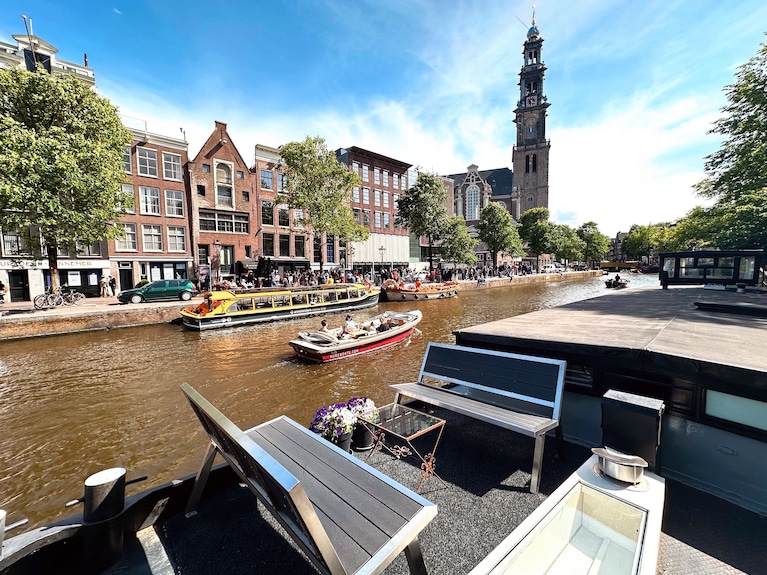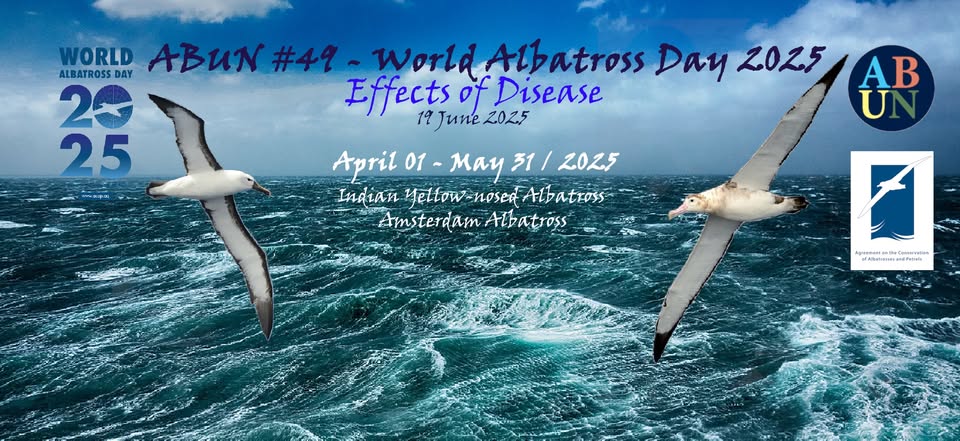De Watervogel: An Amsterdam Canal Houseboat Awakening

Retirement, I've discovered, isn't about stopping; it's about redirecting. After decades dedicated to the vast and vital oceans, I, Dr. Anya Sharma, marine biologist, decided to trade the open sea for a more intimate, urban aquatic experience. My sabbatical year is dedicated to understanding urban ecology and water quality, and where better to start than Amsterdam, a city inextricably linked to its canals? For the past month, I’ve called "De Watervogel" (The Waterbird), a meticulously renovated historic canal houseboat, home. My goal? To immerse myself in the canal ecosystem and learn what this unique environment can teach us about resilience, adaptation, and the challenges facing urban waterways globally.
You can find "De Watervogel" and similar unique stays here: [Insert Fictional Airbnb Link Here]
A Sensory Symphony on the Water
Living on "De Watervogel" has been an awakening of the senses. The gentle rocking of the houseboat is a constant, comforting presence, particularly noticeable at night as I drift off to sleep. It’s a lullaby composed of the subtle creaks of the wood, the soft lapping of water against the hull, and the distant, melodic chime of church bells carried on the breeze.
The mornings are equally captivating. Sunlight dances on the canal's surface, scattering glittering patterns across the cabin ceiling. The air is filled with the sounds of the city waking up – the rumble of bicycles on the bridges, the calls of the local birdlife (primarily ducks, swans, and the occasional heron), and the distant hum of commerce. There's also a subtle, almost imperceptible scent that I find incredibly grounding: a blend of damp wood and fresh water that speaks to the houseboat's history and its connection to the canal.
The boat itself is a marvel. The owners have lovingly preserved its history, incorporating original maritime artifacts into the décor. A ship's wheel serves as a quirky coffee table, portholes frame carefully chosen artwork, and repurposed mooring ropes have been ingeniously fashioned into banisters. The interior is painted in calming nautical blues and creams, and the varnished wooden floors gleam in the morning light.
Exploring Amsterdam’s Aquatic Ecosystem
Of course, my time here isn't solely about relaxation. As a marine biologist, I'm here to study. I've been spending my days exploring the canal ecosystem in various ways.
One of my first excursions was to the Artis Royal Zoo's aquarium. It’s a surprisingly comprehensive display of marine life, showcasing the biodiversity of our planet’s oceans and highlighting conservation efforts. I spent hours observing the various species, from the vibrant coral reefs to the graceful jellyfish, and I engaged in fascinating conversations with the aquarium staff about their ongoing work to protect endangered species.
I also took a guided canal tour specifically focused on Amsterdam's ecological efforts. I was impressed to learn about the city’s commitment to improving water quality and promoting biodiversity in the canals. From innovative filtration systems to initiatives aimed at reducing pollution, Amsterdam is actively working to create a healthier environment for its aquatic inhabitants.

Back on "De Watervogel," I've been taking my own samples of canal water to analyze under my portable microscope. I’m looking for signs of pollution, such as microplastics and excess nutrients, and I’m documenting the presence of various microorganisms. It’s a small-scale study, but it allows me to get a firsthand understanding of the challenges facing the canal ecosystem.
Another rewarding activity has been sketching the local birdlife along the canals. Armed with my sketchbook and a keen eye, I’ve spent countless mornings observing ducks, swans, and herons, documenting their behavior and adaptation to the urban environment. It’s fascinating to see how these creatures have learned to thrive in a habitat that is both natural and man-made.

Even a simple trip to the Albert Cuyp Market provided insights. While browsing the fish stalls, I was struck by the sheer volume of seafood on display. It prompted me to reflect on sustainable fishing practices and the importance of making informed choices as consumers. Supporting local, responsible fisheries is crucial for protecting our oceans and ensuring the long-term health of our marine ecosystems.
A Rooftop Oasis and Kayak Calm
One of the most unique features of "De Watervogel" is the small, flourishing rooftop garden. Overflowing with native Dutch plants and herbs, it’s a miniature ecosystem in itself. I’ve found immense joy in tending to the plants, nurturing their growth, and observing the bees and butterflies that visit the garden daily. It’s a reminder that even in the heart of the city, nature can thrive.
Having access to a single-person kayak tied to the stern of the houseboat has also been a great bonus. I've enjoyed paddling through the canals at dawn, observing the city from a different perspective. The quiet solitude of the water, the gentle rhythm of the paddle, and the stunning views of Amsterdam's architecture have been incredibly therapeutic.
Reflections on Water, Life, and the Future
My career as a marine biologist has always been driven by a deep connection to the water. From studying the intricate ecosystems of coral reefs to researching the impact of pollution on marine life, I’ve dedicated my life to understanding and protecting our oceans.
Living on "De Watervogel" has given me a new appreciation for the importance of urban waterways. Just like the oceans, these canals are vital ecosystems that support a diverse range of life. However, they also face significant challenges, including pollution, habitat loss, and the impacts of climate change.
Observing the canal ecosystem here in Amsterdam has reinforced my understanding of resilience and adaptation. Despite the pressures they face, the plants and animals that inhabit these canals have found ways to survive and even thrive. Their ability to adapt to changing conditions is a testament to the power of nature.

My time on "De Watervogel" has also highlighted the importance of sustainable tourism. By choosing to stay in a houseboat, I'm supporting a local business that is committed to preserving Amsterdam's unique cultural heritage. It's a small but meaningful way to contribute to the city's economy and help ensure that its canals remain a vibrant and healthy ecosystem for generations to come.
A Call to Action
The challenges facing urban waterways are not unique to Amsterdam. Cities around the world are grappling with the impacts of pollution, habitat loss, and climate change on their rivers, lakes, and canals. It’s crucial that we all take action to protect these vital ecosystems.

Here are a few simple things you can do to make a difference:
- Reduce your plastic consumption: Plastic pollution is a major threat to aquatic ecosystems. Choose reusable alternatives whenever possible and properly dispose of plastic waste.
- Support local conservation efforts: Many organizations are working to protect and restore urban waterways. Donate your time or money to support their work.
- Educate yourself and others: Learn about the challenges facing urban waterways and share your knowledge with your friends and family.
- Make informed consumer choices: Support businesses that are committed to sustainable practices and reduce your environmental impact.
My month on "De Watervogel" has been an enriching and inspiring experience. It's a reminder that even in the most urbanized environments, we can find beauty, connection, and a renewed appreciation for the natural world. Let’s all do our part to protect our waterways and ensure a healthy future for generations to come.